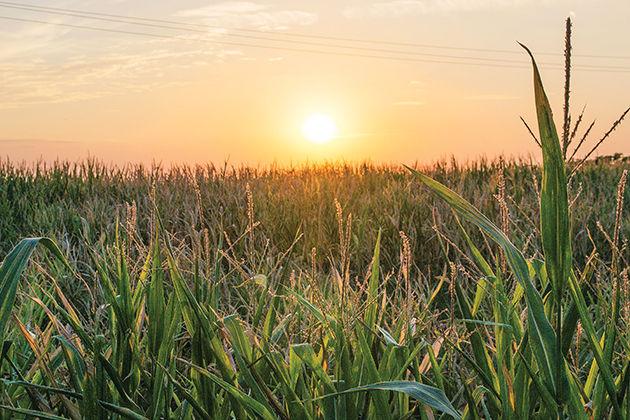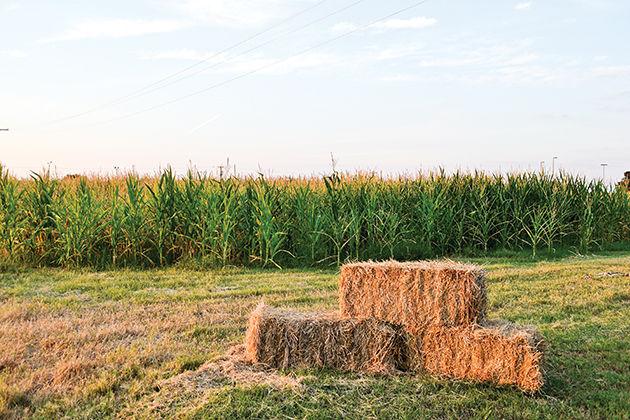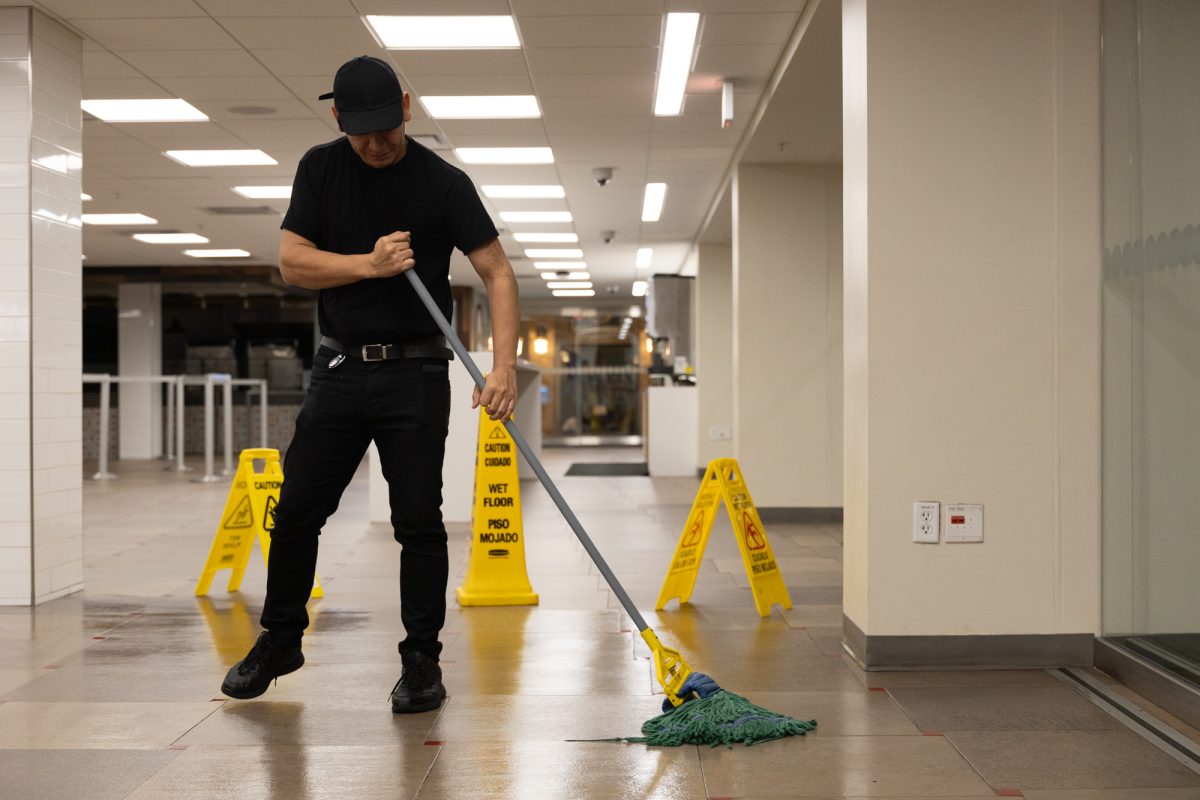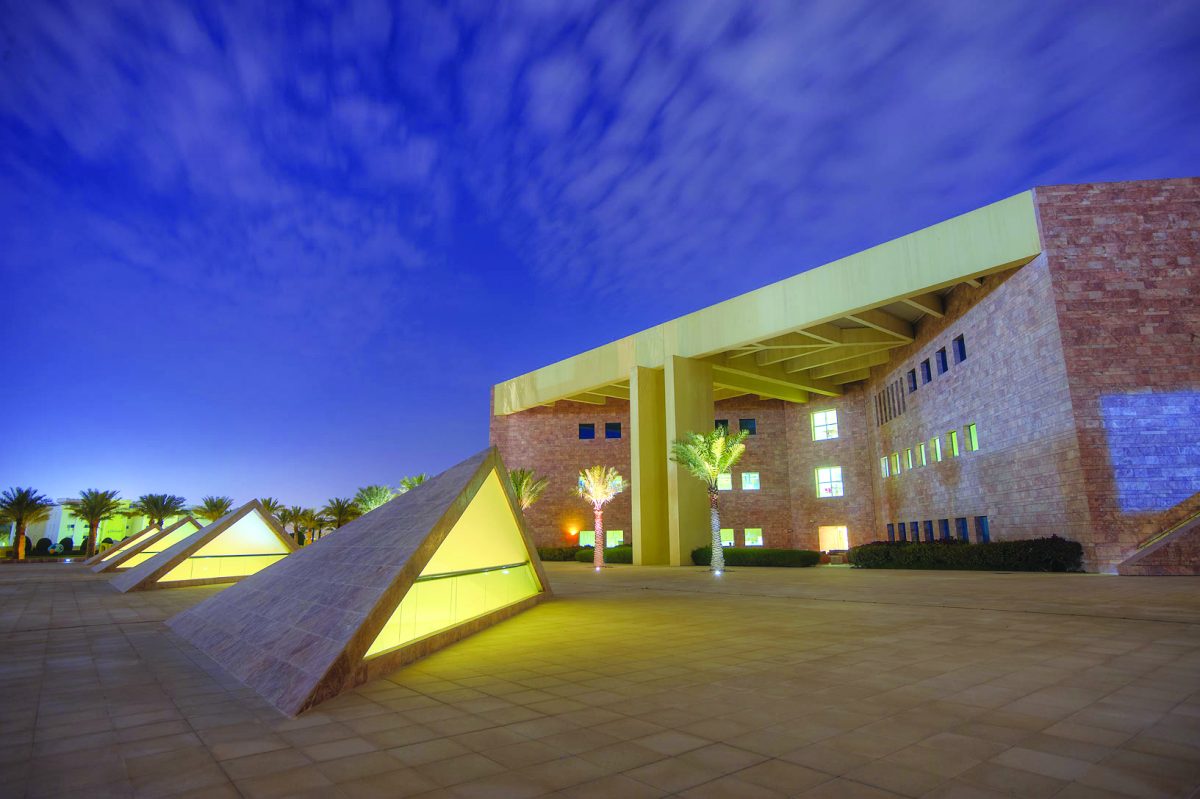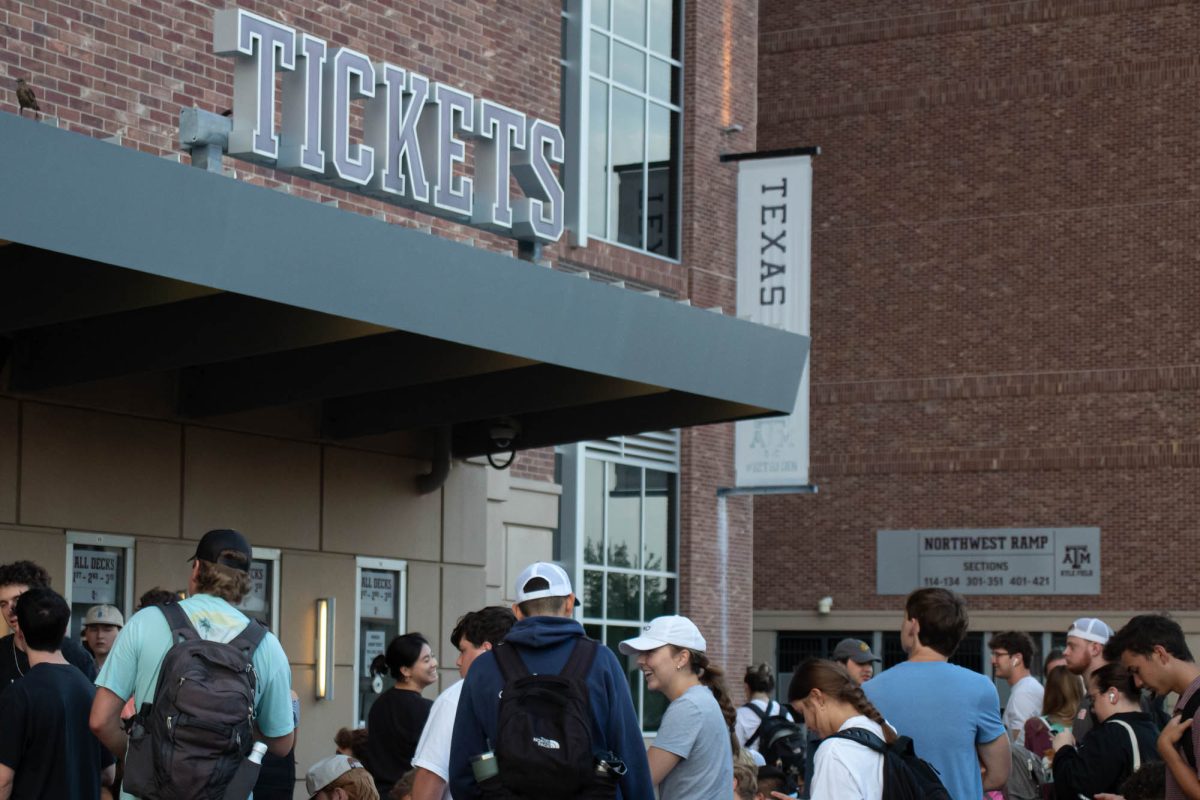The first corn maze in College Station opens this weekend, created by Texas A&M’s very own Agronomy Society.
The corn maze, which features a Texas A&M logo at its center, is situated on a research plot off of F&B Road. The maze will open to the public on Saturday and run weekends through Nov. 1 from 11 a.m. to 5 p.m.
The maze spans across 2-and-a-half acres of land on a 4-acre plot. The corn crops were planted in July and allowed to grow for two months before a mile of paths were cut into them.
The idea for the maze came from wanting to educate the community about agriculture, said Kimberly Nutter, vice president of the Texas A&M Agronomy Society.
“We decided to make this corn maze last year as a way of fulfilling our mission to engage and educate our community on agriculture,” Nutter said. “We like to reach out to families and children and reconnect them with where their food and fiber comes from.”
Nutter said although their crop was planted in late summer, corn is usually planted in February or March and then harvested at the end of July.
“So convincing it to grow at the hottest part of the year took some work — plenty of water and nitrogen,” Nutter said. “Then we started working on the design and paths immediately.”
The paths forming the A&M logo were cut using global information system, GIS, a global mapping system, and corresponded to where the corn was less successful at growing.
“That way we could try and keep the best corn and cut out what didn’t grow well,” Nutter said. “And of course, it wouldn’t be an Aggie corn maze if there wasn’t a block A&M in the middle.”
Nutter said the average time for someone to get through the maze is around 15 to 20 minutes. Entry is $5 and it is open to anyone in the community.
Nutter said the society hopes to make the corn maze an annual event.
“We definitely hope the maze is successful enough for us to make it an annual community event and fundraiser for our club,” Nutter said. “We may even be able to use this field year round for educational purposes for students of all ages and across campus as well as for research.”



